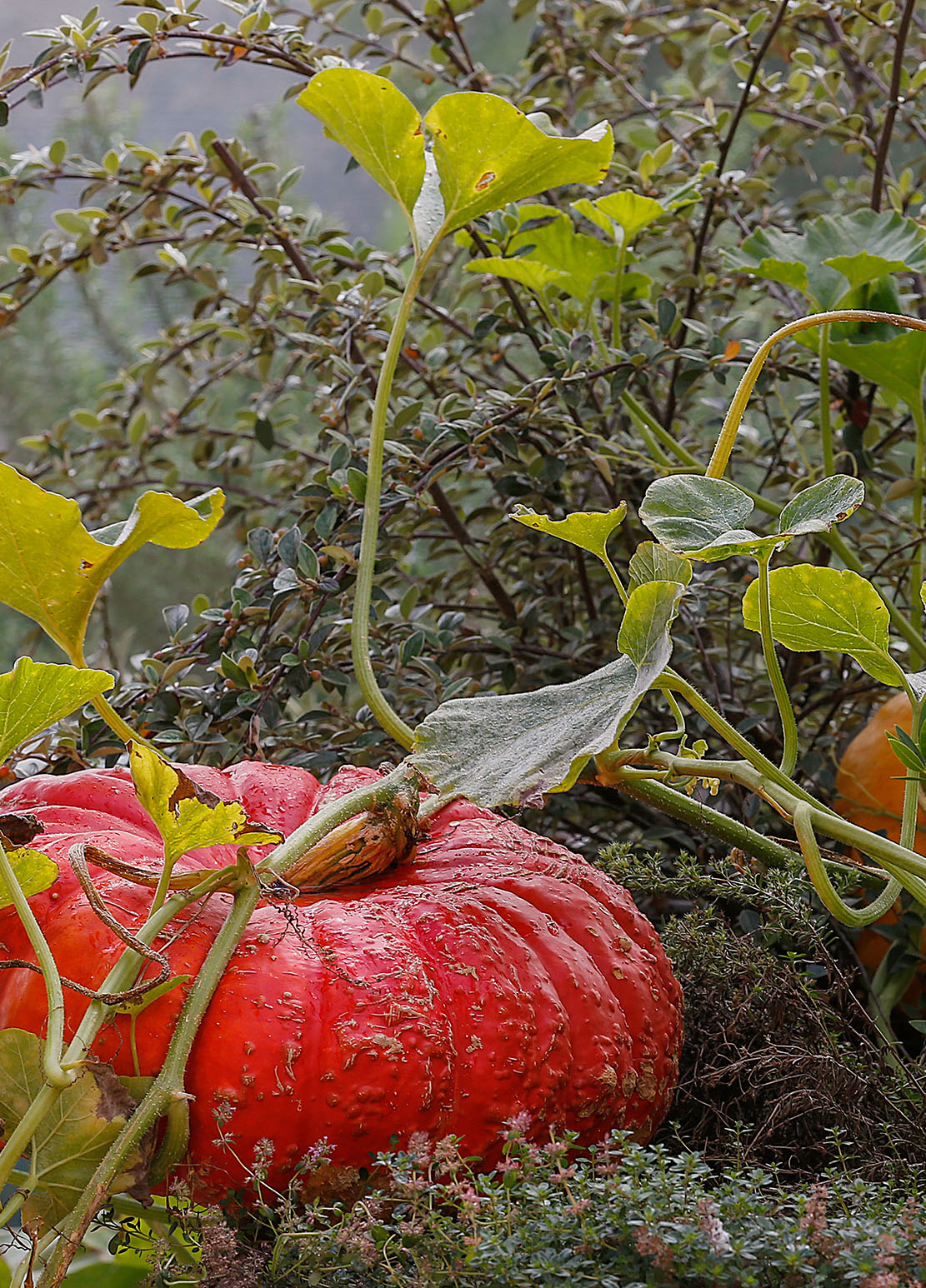The October holidays are the perfect time to introduce children to the transformations of nature. The foliage is vividly coloured, the undergrowth smells of mushrooms and the animals are preparing for winter.
We invite you to explore nature and observe a world that will amaze your senses.
THE FOREST TEEPEE
For a break in the heart of the forest, why not make your own tepee?
To build your shelter, you will need:
-
6 2-meter long sticks
1 piece of fabric measuring 2.50m by 2.50m
1 spool of strong string
1 needle and thread
First, join the sticks at the top with the string, binding them one by one. This is to form a structure that meets at the top and spreads out at the bottom to form a circle.
Cover the structure with the fabric in a circle, leaving the top exposed. Then do a few stitches at the top to join the two ends of the fabric while leaving an opening for the entrance.
You can weigh down the bottom of the fabric with stones placed on the ground to make the structure stronger.
You now have a forest shelter in which to enjoy a well-deserved break. With a plaid inside, it’s the perfect spot for a snack.
AUTUMN FRUITS
If you see chestnut trees on your walk, you will most likely find burrs with very fine spikes on the ground. To open them without pricking your fingers, you can use a stick and pick chestnuts to eat later.
Chestnuts contain lots of fibre, minerals, carbohydrates and fatty acids, and will boost your energy. When roasted, they are rich in vitamin B, which helps absorb carbohydrates. They are also very rich in vitamin E, which plays an important role in the protection of plasma membranes, and in vitamin C, which contributes to a healthy immune system and helps to build collagen.
To enjoy this fruit, which has been eaten for centuries, soak the chestnuts in cold water for 45 minutes before making an incision in the peel and placing them on a baking tray with a small oven-proof cup filled with water. Place them in the oven for 30 minutes at 250° C. Halfway through, pour the water from the cup onto the tray. You can now enjoy your chestnuts.
The chestnut tree produces a resilient, almost rot-proof wood, which is employed for carpentry and cabinet making. It is used to make frames and roof tiles. Some even claim it was used to build boats. It was cultivated throughout the Mediterranean basin, as it provided food for the population and wood for construction.
SMALL RIDDLE
Deep in the forest, everything is quiet. The wind is blowing the leaves off the trees, which shiver as they think of the coming winter.
-
– What happens when the sap rises into the trunks, the deer bellow and the wind becomes chilly while the colours fade?
A FILM ABOUT NATURE
Once you have returned to the warm indoors, we suggest a film about nature for children and grown-ups, Seasons by Jacques Perrin and Jacques Cluzaud, released in 2016 to a score by Bruno Coulais.
Following a 80,000-year winter, the ice age ended and the European coastline appeared. Forests then developed and with them, the seasons.
In this feature film, the life of the forest is observed very closely, fully immersed, in order to understand the evolution of nature and the impact of Men on the presence of the fauna.
It is a fascinating and majestic plunge into the adventure of wildlife. No computer-generated images were used. The film is realistic and allows you to observe the various animals in the woods.
THREE BOOKS FOR KIDS
“La Nature en Automne”, written by a group of authors, published by Petite plume de carotte. This guide provides a synthetic overview through 152 pages and can be taken on all your excursions. It will help you in identifying trees, animals, fruits and mushrooms with detailed illustrations and short descriptive texts.
“Ptit land art – Automne”, by the artist Marc Pouyet, is a picture book for children. Full of colors and shapes, it stimulates children’s creativity by showing small artworks made with autumn’s treasures. Nature is the first Art.
“Le guide nature : en forêt”, written by a group of authors, published by La Salamandre. Childhood is the time to marvel and discover little by little the living and delightful world of the forest. This guide will help you recognize trees and woodland animals, but also to identify the sound of birds.
Reconnecting with nature while walking in the woods is good for our well-being and health. Time spent in the woods helps children and adults to calm down, feel good and recharge their batteries.
P.S.: Feel free to share your children’s answer to the riddle and your favourite activities in the woods.



